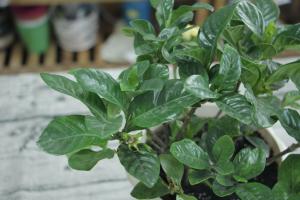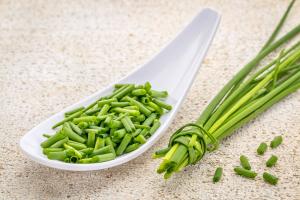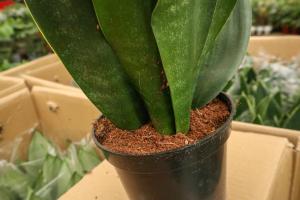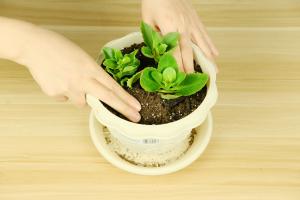What is mold in my potted plants?
Potted plants can add beauty and life to any room or outdoor space, but they can also be prone to mold growth. Mold is a type of fungus that grows in damp, warm conditions and is a common problem for potted plants. If you notice mold growing in your potted plants, it's important to understand what it is and how to deal with it to keep your plants healthy and thriving.
What causes mold in potted plants?
Mold in potted plants is usually caused by a combination of factors, including over-watering, poor drainage, high humidity, and poor air circulation. Over-watering can lead to waterlogged soil, which provides the ideal conditions for mold growth. Poor drainage can also contribute to waterlogged soil and fungal growth. High humidity levels and poor air circulation can also create moist environments that are perfect for mold to flourish.
How can I tell if my plant has mold?
If you notice white or gray fuzz growing on the surface of your plant's soil or on the leaves, stems, or flowers of your plant, it's likely mold. Other signs of mold in potted plants include wilting, yellowing leaves, and a musty or sour smell coming from the soil. If you suspect your plant has mold, it's important to act quickly to prevent further spread and damage to your plant.
How do I get rid of mold in my potted plants?
The first step in getting rid of mold in potted plants is to address the underlying cause. If over-watering is the issue, reduce the amount of water you are giving your plant and make sure the soil has proper drainage. If humidity levels are high, consider using a dehumidifier or increasing air circulation around the plant. Once you've addressed the cause, you can then focus on removing the mold.
To remove mold from your potted plant, you can try a few different methods. One option is to remove the affected plant parts, such as leaves or flowers, and dispose of them in a sealed plastic bag to prevent further spread. You can also try wiping the surface of the soil with a cloth soaked in a solution of water and vinegar or hydrogen peroxide. Another option is to use a fungicide designed for use on plants, following the instructions carefully.
How can I prevent mold in my potted plants?
The best way to prevent mold in potted plants is to provide your plant with the right growing conditions. This includes using well-draining soil and a pot with proper drainage holes, avoiding over-watering, and ensuring adequate air circulation around the plant. You can also consider using a soilless growing medium, which is less likely to harbor mold and other fungi.
Regularly inspecting your plants for signs of mold and addressing any issues promptly can also help prevent mold growth. Finally, be sure to clean and sterilize your pots before reusing them, as mold spores can linger in soil and on surfaces even after the plant is removed.
Conclusion
Mold in potted plants is a common issue, but with the right care and attention, it can be prevented and treated. By providing your plants with the proper growing conditions and acting quickly to address any issues, you can keep your potted plants healthy and mold-free for years to come.

 how many times do yo...
how many times do yo... how many planted tre...
how many planted tre... how many pine trees ...
how many pine trees ... how many pecan trees...
how many pecan trees... how many plants comp...
how many plants comp... how many plants can ...
how many plants can ... how many plants and ...
how many plants and ... how many pepper plan...
how many pepper plan...
































